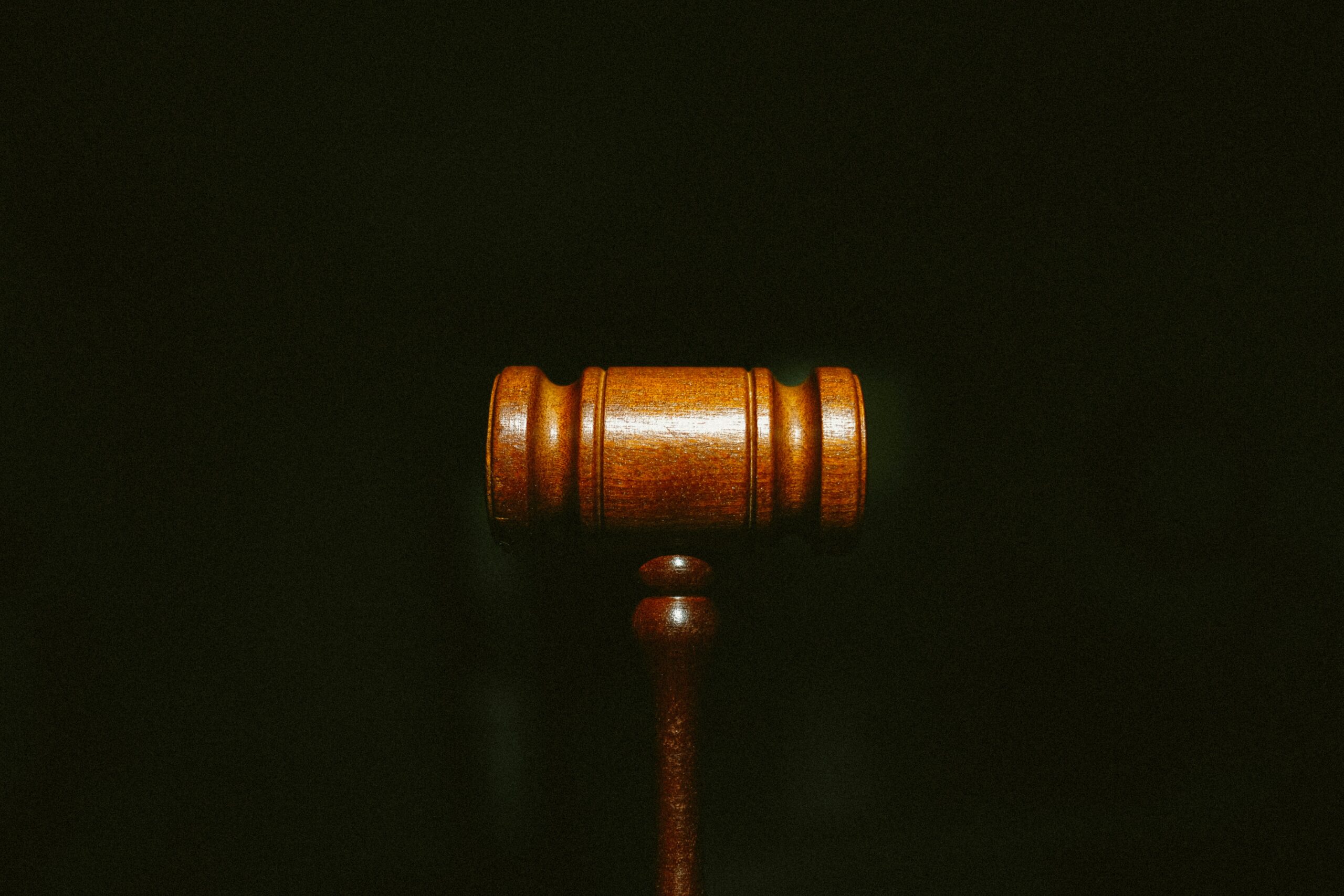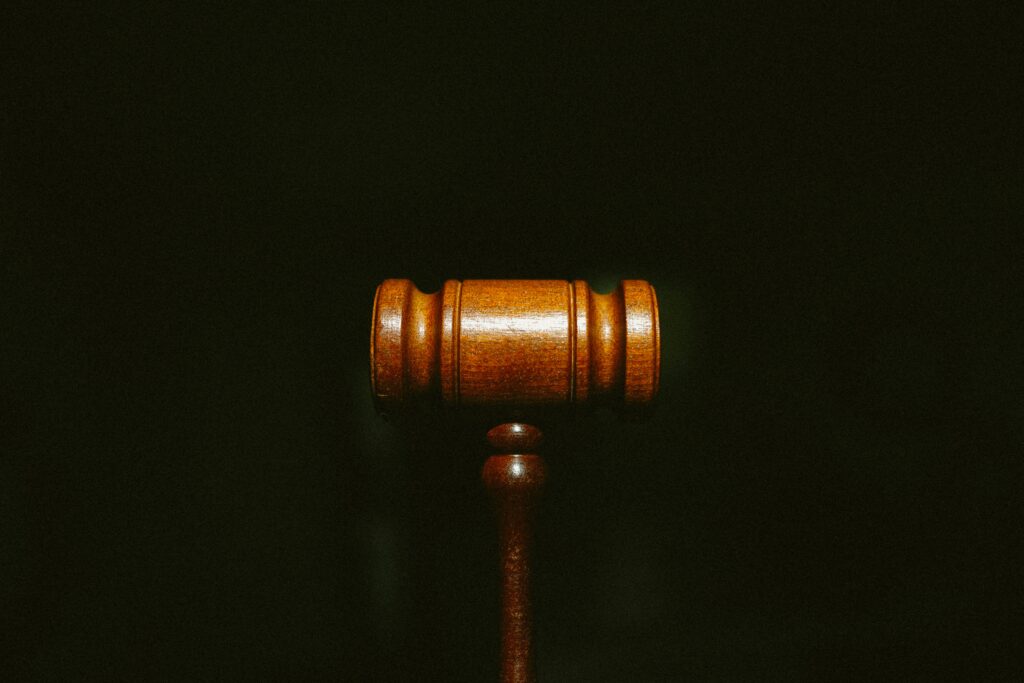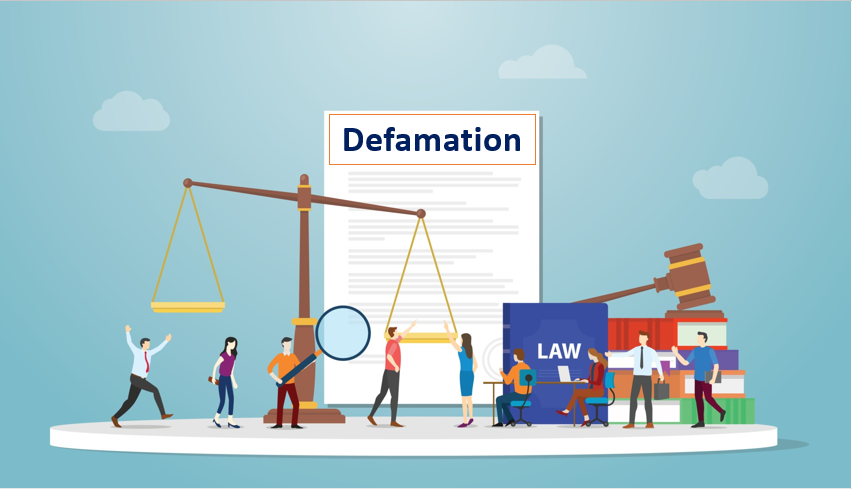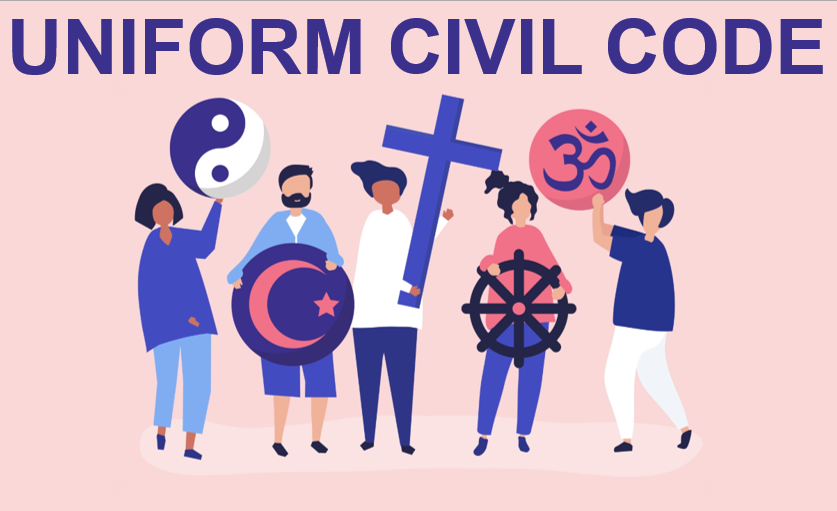Published On: 20th April, 2024

Authored By: Nandini.K.T
CMR University, School of Legal Studies
ABSTRACT
Remedies are utilized to stop human rights violations before they happen and to make reparations where prevention is unsuccessful. In this sense, remedies have a dual purpose of addressing an unfair past and, in some cases, avoiding it as well as promoting a more just future. Professor Shelton defined remedies as “the range of measures that may be adopted in response to an actual or threatened infringement of human rights.”The concept of a legal remedy is a way for someone who has been harmed to seek redress and receive compensation for their losses. This could be in the form of cash, assets, or another kind of relief. It is usually needed to appear in court and establish that the other party’s at guilty in order to receive a legal remedy. Various legal situations frequently call for various forms of remedies. A property issue can be settled through an injunction or title transfer, whereas a contract disagreement might be settled through monetary compensation or specific performance. There are two broad types of remedies in Tort Law; firstly Judicial Remedies,These are the remedies that the courts of law offer to a person that has been wronged, as the name implies.Judicial Remedies include Damages, Injunction, Specific Restitution of Property.Secondly, Extra-Judicial Remedies. Extra-judicial remedies are those that an individual is permitted to pursue in order to obtain justice without going through the legal system.Distress Damage Feasant, Re-entry on land, Re-caption of items, and Expulsion of Trespassers are all included. This study thus focuses on the various types of remedies available in torts, the loopholes in it, and the dire need for certain updations in remedies to fully attain the purpose of legal remedies, that is, to uphold justice.
INTRODUCTION
A tort is a civil offense. Those who commit illegal acts will be punished according to the provisions of the Tort. When one party takes something away from another, that party suffers. Violation of the rights of either party will be punishable by law. Examples of these penalties are legal remedies. Victims of tort have several remedies available under tort law. Remedies are reparations for wrongdoers. The defendant grants such relief. Tort law is a branch of civil law that deals with civil wrongs or injuries that have been inflicted upon someone’s person, property, or reputation. The goal of tort law is to compensate the victim for the harm they have suffered, and there are several legal remedies available in tort law to achieve this goal.
IMPORTANCE OF LEGAL REMEDIES:
In the present economic day where there is rapid modernization and globalization with technological advancements taking over the world and to keep up with that, people are always becoming competent and are in the process of constantly increasing their potential, there is also a huge rise in the number of crimes and torts committed against each other, thus legal remedies become the need of the hour in order to ensure that people are not suffering many damages and that they are receiving the reasonable amount of compensation that is decided at the discretion of the court incase of any harm or injury suffered, or any violation of fundamental rights. This assures the very objective of law enforcement and also widens the access to justice for all individuals.
BROAD CLASSIFICATION OF LEGAL REMEDIES
JUDICIAL REMEDIES
These are the remedies that a party who has been mistreated is entitled to under the law. Judicial relief is a type of compensation that a court may grant to an injured party. The three primary means by which courts can administer justice are through monetary damages, injunctions, and specific property restoration.
DAMAGES
Damages, or legal damages are the amount of money paid to the injured party to get them back to the situation in which they were, before the tort had occurred. They are given to a plaintiff in order to aid in their effort to obtain compensation for their losses. Damages are the primary remedy in a cause of action for torts. The word “damages” should not be confused with the plural of the word “damage”, which generally means ‘harm’ or ‘injury’.There are different types of damage as well. Firstly, Nominal damages,these damages are those in which, despite the fact that the plaintiff has been legally harmed by the defendant, there has been no actual harm to him. When the court recognises that the plaintiff’s rights were infringed but the amount of damages is limited or low since the plaintiff incurred no actual loss, these damages are offered in Injuria sine damno procedures.This can be illustrated with the case Constantine v. Imperial London Hotels Ltd[1] ,wherein the plaintiff was a cricket player from the West Indies who attempted to check into the defendant hotel but was turned away because of his nationality. As a result, the plaintiff chose to stay somewhere else and suffered no actual harm. In the lawsuit he filed, the defendant was found responsible for the plaintiff’s legal right being infringed even though there was no actual harm done, and they were ordered to make a nominal payment of five guineas in damages.Secondly,Contemptuous Damages, in these types of damages, the court acknowledges that the plaintiff’s right has been violated, but in order to demonstrate that the plaintiff’s lawsuit is so insignificant that it has just engaged the court’s time unnecessarily, the court only grants the plaintiff a little sum of money as compensation. This is comparable to nominal damages, but the sole distinction between the two is that whereas in nominal damages the plaintiff has no actual loss, in contemptuous damages the plaintiff experiences an actual loss, although a minor one for which he is not entitled to full compensation.Thirdly,while providing compensatory damages,the Hon’ble Court may take notice to determine if a certain tort was committed or not before making a ruling. If the tort is committed with the intent to undermine the plaintiff’s right to feel pride and dignity, then aggravated damages may be granted. It is one kind of compensation for the opposite party to pay these damages offered when their greater harm occurs. Aggravated injury is the term used to describe erroneous and increased harm. By granting such damages, the intention is not to penalise the culprit; as a result, they are “compensatory” in nature rather than punitive. Damages are defined as “exemplary, punitive, and consequential” when they exceed the property injury caused by the complaint in an effort to deter such behaviour in the future.In the case of Bhim Singh v. state of J&K [2], there was wrongful detention in the case of Bhim Singh, a member of the legislative assembly who was arrested and detained in order to prevent him from attending the assembly session, and it was challenged in the supreme court through a writ petition, but Bhim Singh had already been released at the time of the judgement. There was no longer a need to order his release, but the supreme court thought it was acceptable to offer Bhim Singh exemplary damages in the amount of Rs 50,000, which the state government must pay within two months while also granting compensation.
INJUNCTIONS:
A court’s order known as an injunction prevents the defendant from committing, repeating, or continuing a wrongdoing.A party must demonstrate either actual damage or anticipated damage in order to be granted an injunction. The suspected damage must involve an immediate threat of a significant kind or irreversible harm.[3]The right to an injunction is governed in India under the Specific Relief Act.The Code of Civil Procedure governs the temporary injunction grant. Section 36 of the Specific Relief Act of 1963 describes the process for granting preventive relief.The importance of injunction could be inferred from the case M/S. Hindustan Pencils Pvt. Ltd. vs M/S. India Stationery Products[4] wherein intellectual property rights were also discussed.The plaintiff in this case filed a lawsuit for a perpetual injunction against M/s. India Stationery Products for trademark infringement on their product “Nataraj,” which includes pencils, pens, sharpeners, erasers, and other writing instruments. The plaintiff claimed that the trademark was adopted by them in 1961 and that the defendants had mistakenly registered a copyright similar to them. The defendant was given a temporary injunction by the court after finding in favour of the plaintiff.
SPECIFIC RESTITUTION OF PROPERTY
Restitution of specific property is the third remedy available under tort law. Giving property back to its original owner is referred to as restitution. If someone’s property has been wrongfully taken away from them, they have a right to get it returned.
EXTRA JUDICIAL REMEDIES
Remedies are known as extra-judicial remedies for torts when a person can legitimately avoid or correct themselves without the involvement of courts. If you have experienced a civil wrong, you may be eligible for one of five extrajudicial tort remedies.They are:
- Expulsion of a Trespasser:A person can use a reasonable degree of force to eject a trespasser from one’s own property. The individual must have the right to take control of his property without delay.
- Re-entry on land: The owner of a piece of property has the right to drive out a trespasser and re-enter that same piece of property, but only with reasonable force.
- Recaptioning of products: Illicit possession of the commodities gives the owner the right to reclaim them. Specific restitution differs from recapture of goods in that it is an extra-judicial remedy where the person does not need to go to court and instead enforces the law on his own.
- Abatement: In cases of nuisance, whether they are private or public, the injured party has the right to have the offending item removed.
- Distress Damage Feasant-When a person’s cattle or other animals wander onto another person’s property and ruin their crops, the owner of that property is entitled to take control of the animals until he is made whole for the loss he suffered. This is known as a distress damage to farmers.
SHORTCOMINGS IN LEGAL REMEDIES FOR TORT:
While the legal system aims to provide remedies for those who have suffered harm from tortious acts, there may be certain loopholes that could limit the effectiveness of these remedies.
Statutes of Limitations
In many jurisdictions, there is a time limit within which a tort victim must file a claim or lawsuit. If the victim fails to file within this time frame, the claim may be barred forever. This can be a significant hurdle for victims who are not aware of their rights or who may not have the resources to pursue legal action immediately.
Immunities
Certain individuals or entities may be immune from liability for certain types of torts, such as government officials performing their official duties, or charitable organizations acting in good faith. This can make it difficult for victims to obtain compensation for their injuries.
Difficulty in proving causation
In order to recover damages for a tort, the victim must show that their injuries were caused by the defendant’s wrongful conduct. This can be difficult to prove in some cases, especially if there are other factors that could have contributed to the injury.
Limited damages
Even if a victim is successful in proving their case, the damages they can recover may be limited by law. For example, some states have caps on non-economic damages (such as pain and suffering) in medical malpractice cases.
Enforcement issues:
Even if a victim is awarded damages, there may be challenges in collecting the money owed. This can be particularly problematic if the defendant is insolvent or otherwise unable to pay.
Even while considering injunctions as a remedy,there are a lot of loopholes that make them ineffective and thus reducing the confidence of citizens in attaining justice and furthermore,it also affects the principles of natural justice.Some of the shortcomings with regard to injunctions are,firstly,In order to obtain an injunction, the plaintiff must show that they will suffer irreparable harm if the defendant’s actions are not enjoined. This can be difficult to prove in some cases, especially if the harm is not immediate or obvious. Even if an injunction is granted, there may be challenges in enforcing it. But while we consider the position of our country,wherein a majority of people are from the middle income bracket,they might not always be able to afford an experienced lawyer for trivial or major issues.Moreover,a lot of people might not be aware of the remedies available or they might not be well informed about the procedures,thus immediate steps need to be taken in order to smoothen the way for the people to avail remedies for the injustice they suffered.
Thus,while legal remedies for torts can provide a way for victims to seek justice, there are potential loopholes that could limit their effectiveness. It’s important for individuals to be aware of their legal rights and to seek the advice of an experienced attorney if they believe they have been wrongfully injured.
THE BHOPAL HORROR AND MANY CONSEQUENT INSTANCES AND THE URGE FOR CHANGE
Leak of Bhopal Gas on December 2, 1984 – One of the deadliest instances, the Bhopal leak, claimed almost 2000 lives.A gas leak in Bhopal in December 1984 shocked the entire country and left effects that many people are still feeling today. The CEO of Union Carbide Corporation (UCC), Warren Anderson, escaped to his own country while avoiding capture. A “settlement” between the UCC and the government was negotiated in place of a compensating plan, but unexpectedly many of the claims are still pending and the victims are still subject to litigation.
On December 4, 1985, there was an oil gas spill. In Delhi’s heavily populated Kirti Nagar neighbourhood, there was a gas leak from Shriram Industries. ‘No-fault’ liability was introduced by Justice Bhagwati in this case. The court made an innovative judgement that immediately compensated the victims, and it also planted the seeds for Indian tort law. The court ordered the polluters to deposit Rs 20 Lakh and provide a bank guarantee for the claims submitted by the victims in the amount of Rs 15 Lakh.
The 13th of June 1997, Uphaar tragedy – Another tragic tragedy occurred inside the New Delhi-based Uphaar movie theatre, killing 59 people. The absence of codified law led to the case becoming another illustration of protracted litigation. The Victims Association sued the corporate behemoths Ansals, and the legal battle lasted for around 19 years.Quoting the words of Krishnamoorthy,who was one of the victim’s family,
“The Uphaar trial has stretched on for nineteen years and in these years, the country has witnessed many man-made disasters, where hundreds of lives have been lost. When we began this case, we had hoped that the courts would take up such cases on a priority basis to avoid similar tragedies. But neither the government nor the judiciary took any cognizance of such a case. For the government, it was enough to announce a pitiful sum as ex-gratia compensation and shy away”[5]
Analyzing the cases and breaking down the issues,it is very evident that absence of codified tort law is one of the crucial concerns.All the cases brought to light before are governed by conventional Tort law that are not codified. One of the reasons such accidents avoid the typical statutes with minimal damages is the lack of codified tort law. Salmond defines a civil wrong as one that is not solely the result of a breach of contract, a breach of trust, or a violation of another purely equitable obligation, and for which the only available remedy is an action for unliquidated damages. In tort law, the goal of an award is not to obtain paltry compensation but, to the extent it is practicable, to put the plaintiff back in the situation he was in before the tort was committed.The Bhopal Tragedy served as a wake-up call for the government, businesses, and employers. Currently, such accidents are governed by the Public Liability Insurance Act, which places the burden of providing compensation on the “owner” of a corporation. According to Section 3 of the Act, the owner is responsible for any accidents that result in property damage, harm to persons, or death. In addition, the claimant is not required to argue and prove that the death, harm, or damage for which the claim has been brought was caused by any wrongdoing, carelessness, or default on the part of anyone. However, there are other issues, which finally result in a civil lawsuit and a lengthy legal dispute. For instance, the Federal Tort Claims Act governs similar claims/damages in America, and the State is liable to the same amount as a person would be in comparable circumstances. One should replace tort litigation with civil litigation, keeping in mind the difficulties we previously faced. The approach is unclear, even in the case of the Vizag gas leak. While the victims of the Bhopal Gas tragedy continue to wait for compensation, a FIR has been filed in the case of the Vizag gas leak. The Bhopal victims would have received a just payout rather than a court order, and the Uphaar Victim Association would not have been subjected to 19 years of torture if India had a codified tort law. It’s interesting to note that Justice Bhagwati urged against simply adhering to English law and sought for an Indian Tort law jurisprudence. The Oleum gas leak decision by the Hon’ble Supreme Court in MC Mehta v. The Union of India[6] case marked a development in Indian tort law.
SUGGESTIONS
Torts require a multi-faceted approach that addresses issues related to public awareness, legal procedures, enforcement mechanisms, damages, and liability. In some cases, the damages like nominal damages awarded in tort cases may not be sufficient to fully compensate the victim for their losses. Increasing the damages awarded, particularly for non-economic damages such as pain and suffering, could provide greater incentives for defendants to act responsibly and deter future harm. Some torts may be difficult to prove, or there may be immunity or other legal loopholes that limit liability. Expanding liability for certain types of torts or reducing the legal defenses available to defendants could help ensure that victims are able to obtain adequate remedies for their injuries. Many individuals may not be aware of their legal rights when it comes to torts. Increasing public awareness through education campaigns, community outreach programs, and other initiatives could help more people understand their rights and seek legal remedies when necessary. By working to improve these areas, the legal system can help provide better remedies for those who have suffered harm due to the wrongful actions of others. Furthermore,continued efforts could be taken to pave way for a codified tort law in order to address the larger issues present.
CONCLUSION
While there are a lot of legal remedies for tort at present with proper classification-Judicial and Extrajudicial remedies, that bring people closer to achieving justice, there is still a long way to go in order to sought and achieve the very objective and giving an unbiased and wider access to attain reliefs and remedies.This is very crucial to bring back the confidence of citizens in our justice system and law and to ensure that people are able to enjoy their fundamental rights as they deserve.
Reference(s):
[1] Constantine v. Imperial London Hotels Ltd [1944] KB 693
[2] Bhim Singh v. State of J&K AIR 1986 SC 494
[3] Mahadev v.Narayan,(1904)6 Bom LR 123.
[4] M/S. Hindustan Pencils Pvt. Ltd. vs M/S. India Stationery Products AIR 1990 Delhi 19
[5] Trial by fire, Pg. 245
[6] M.C.Mehta v. Union of India Air 1987 SC 965



